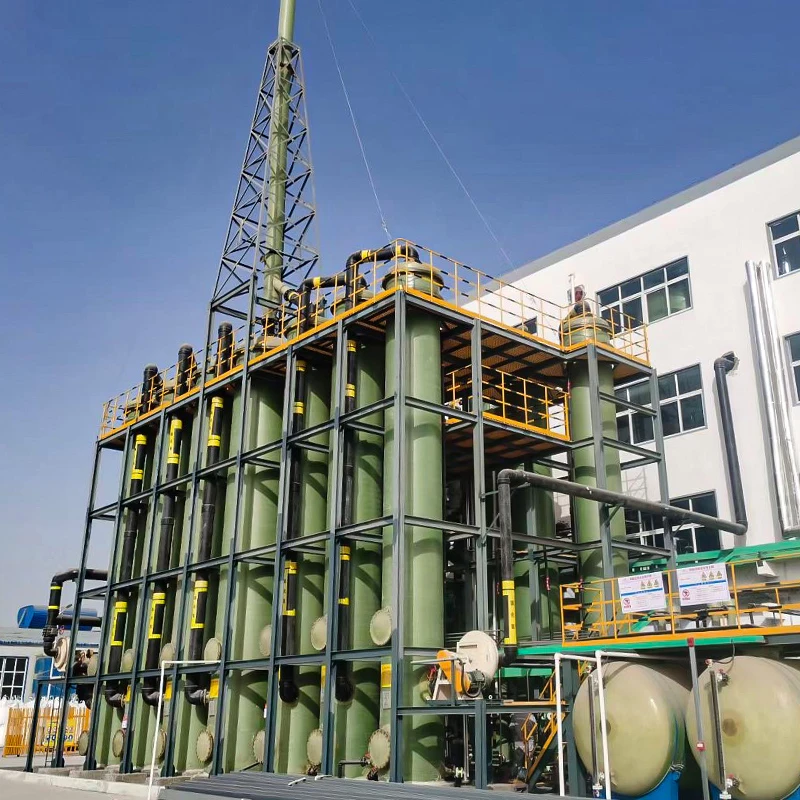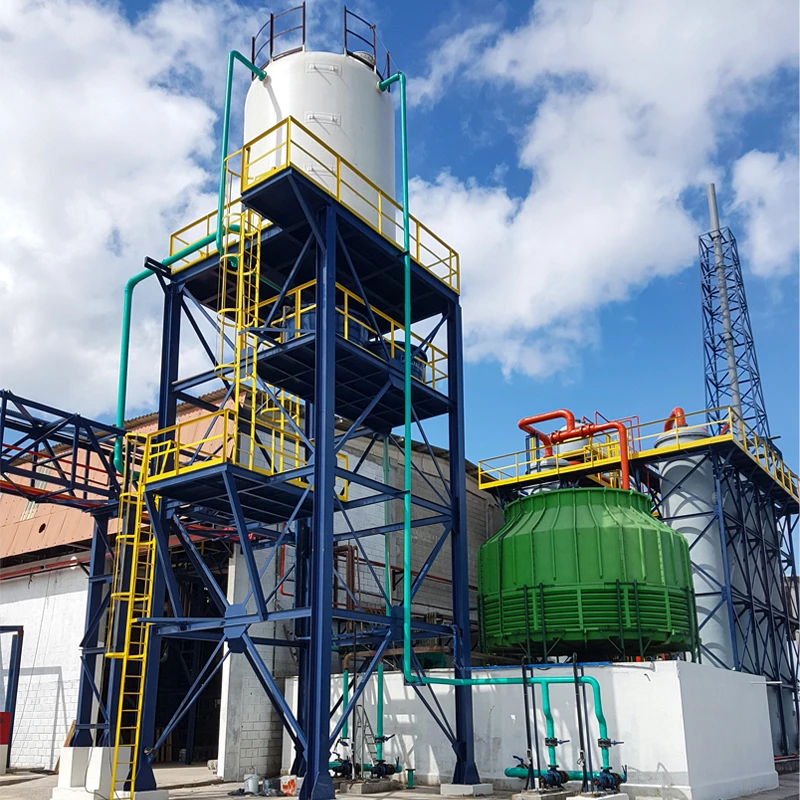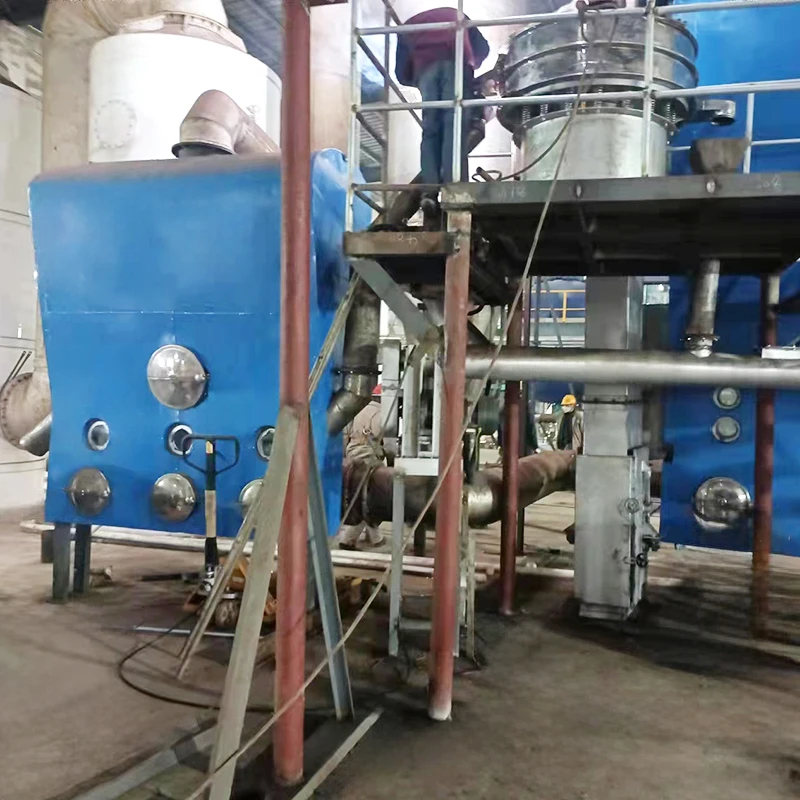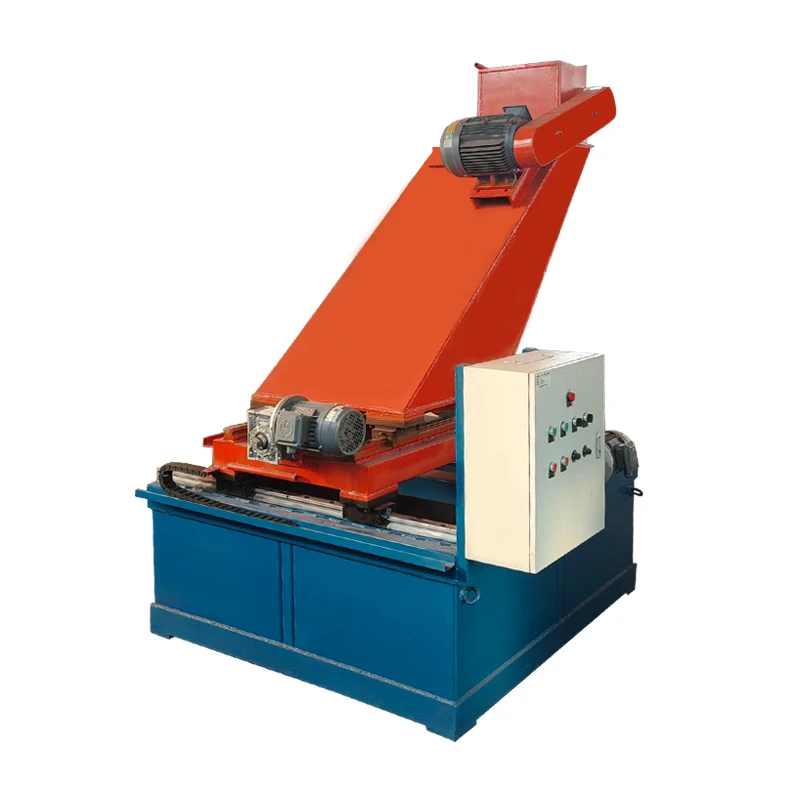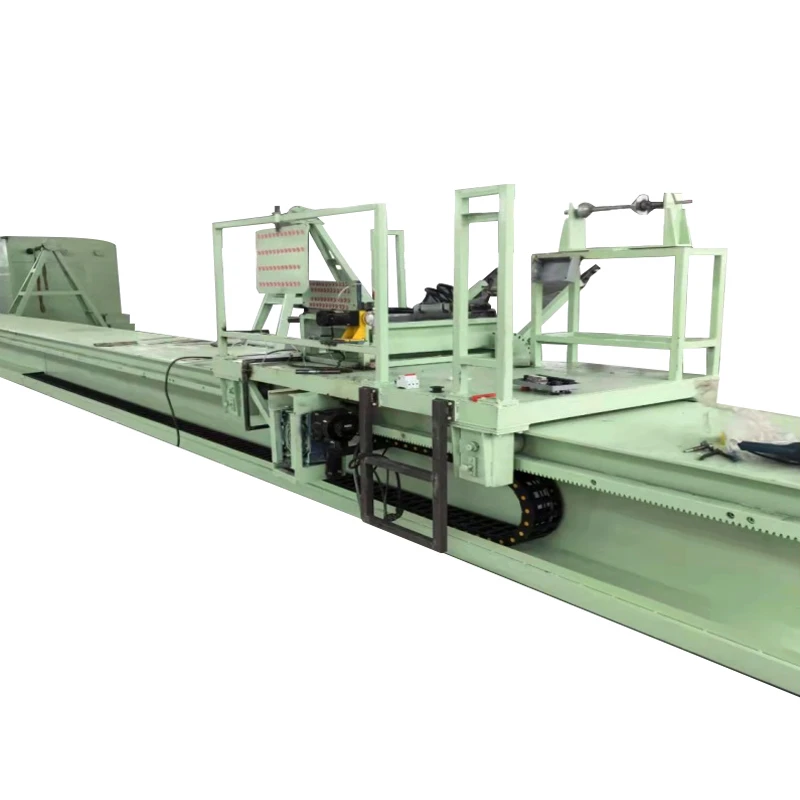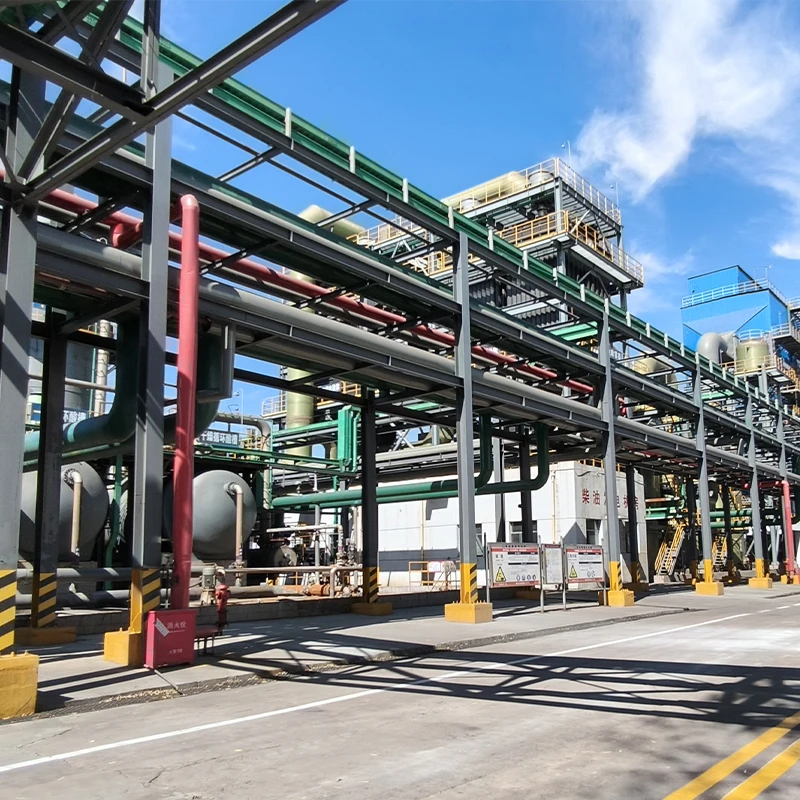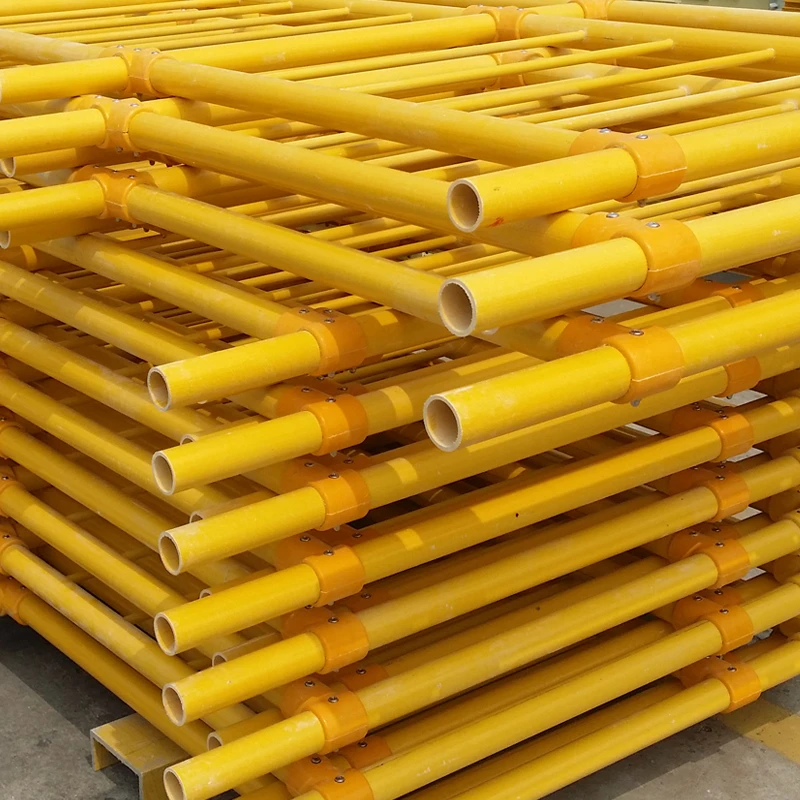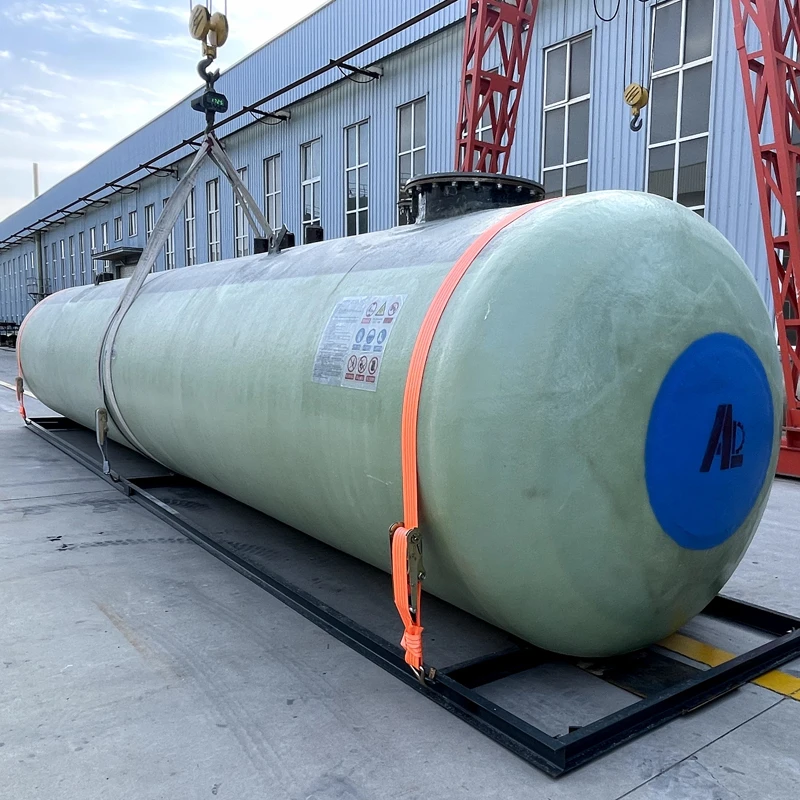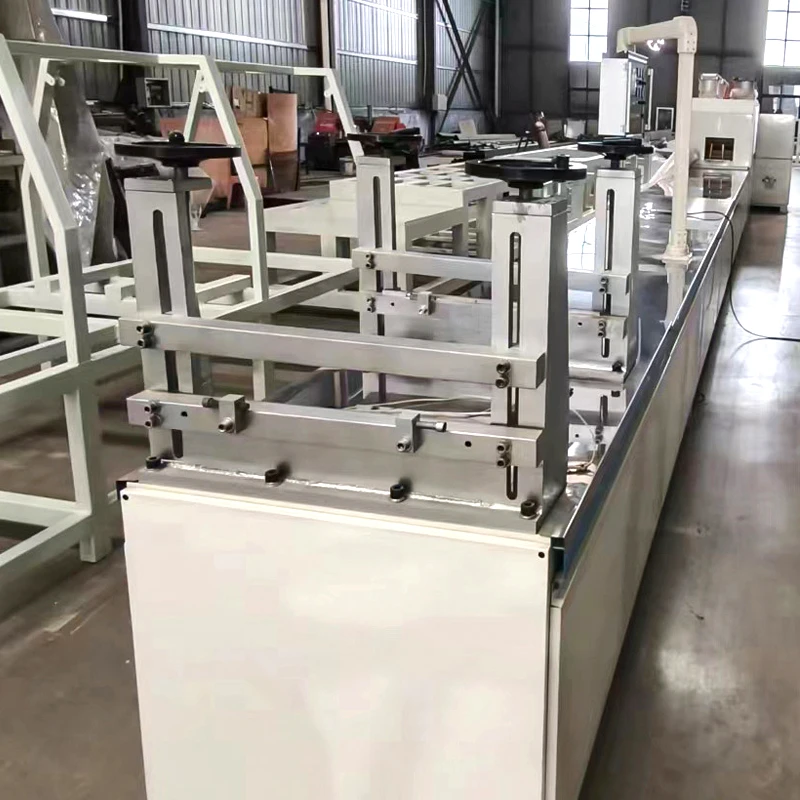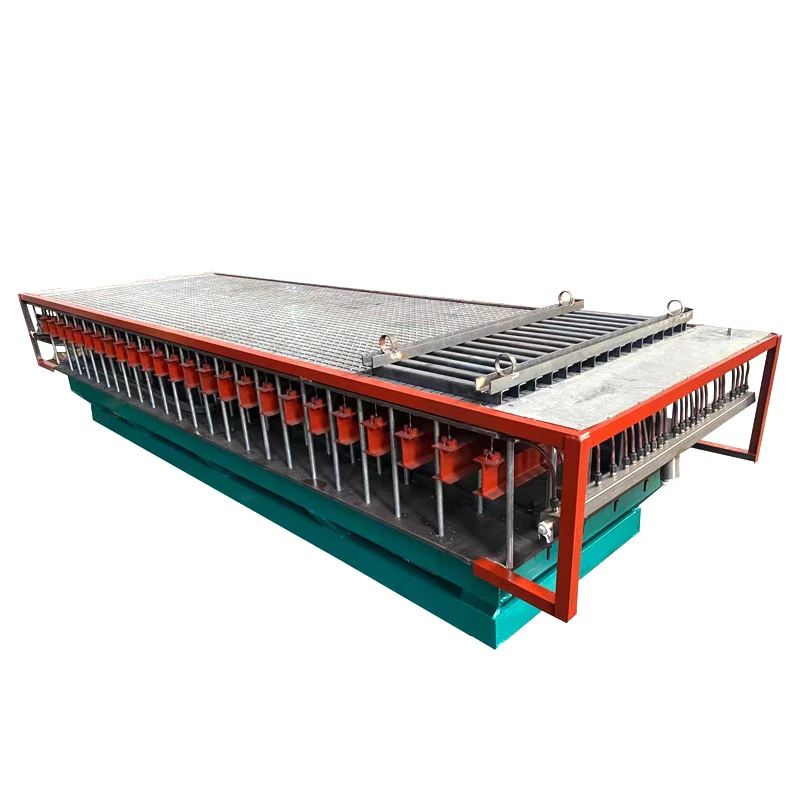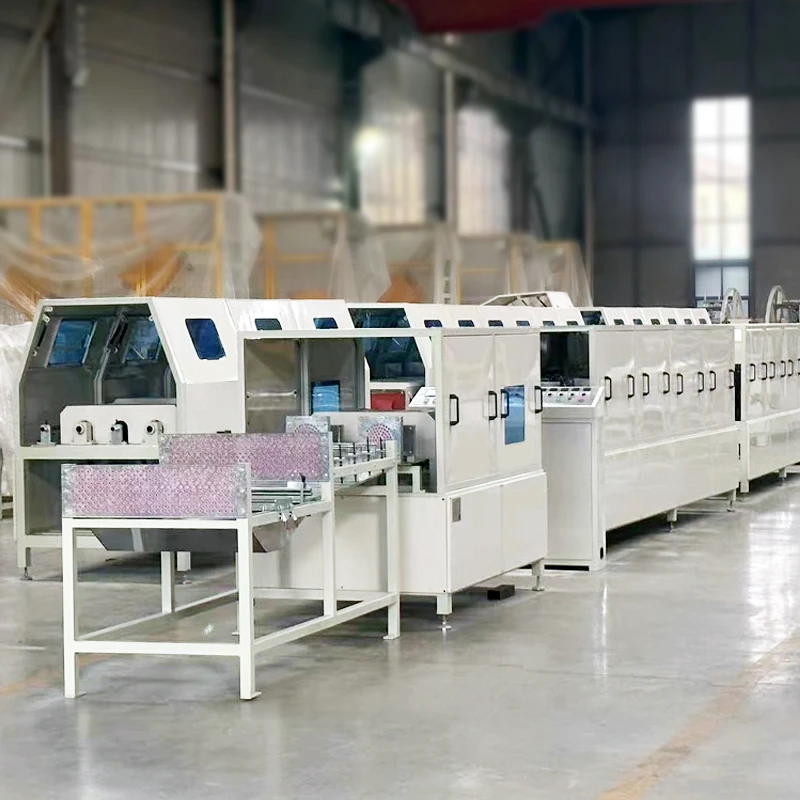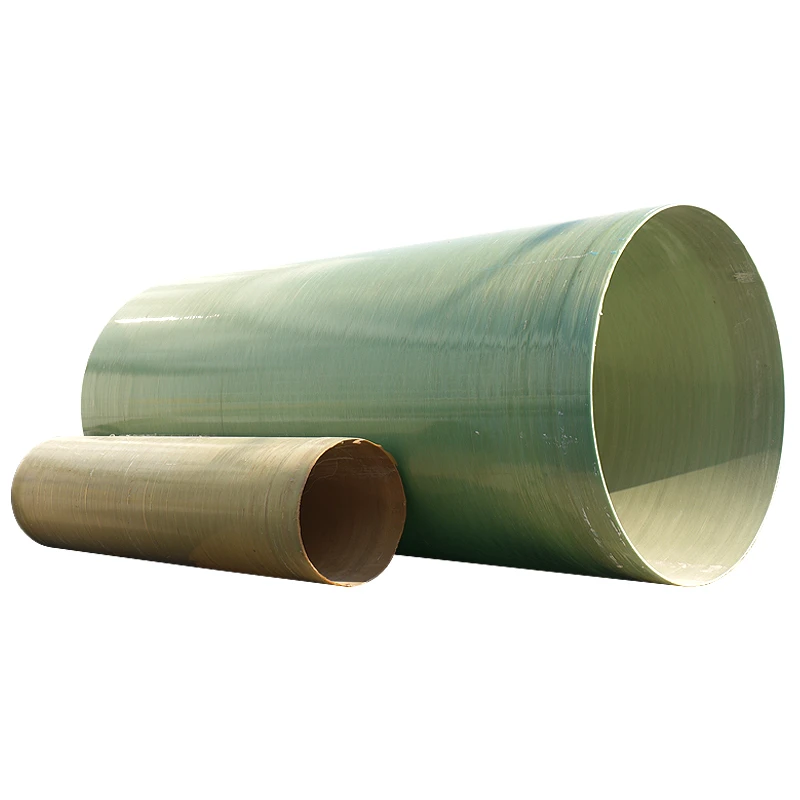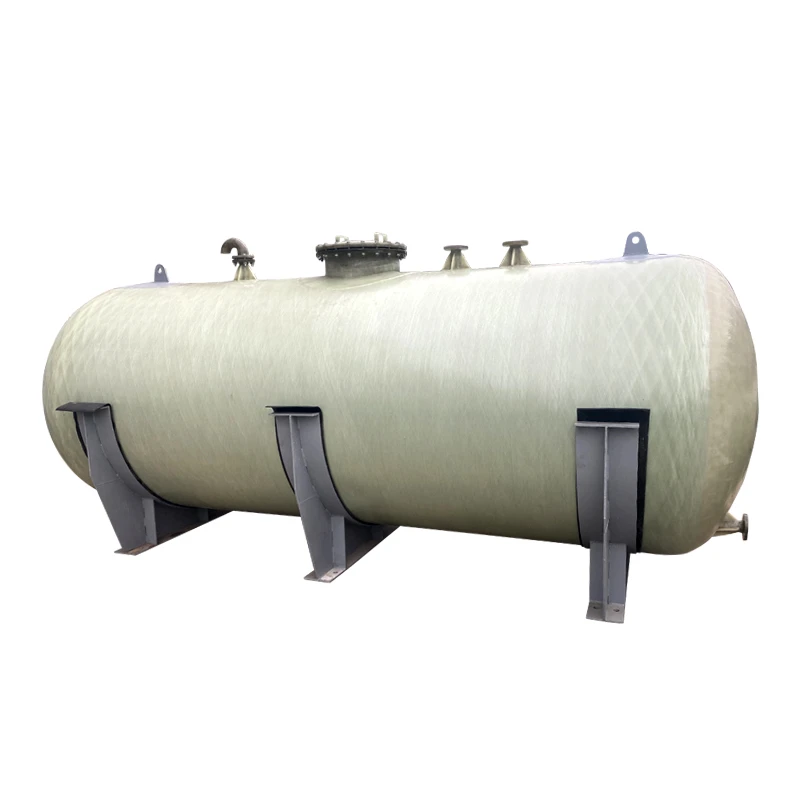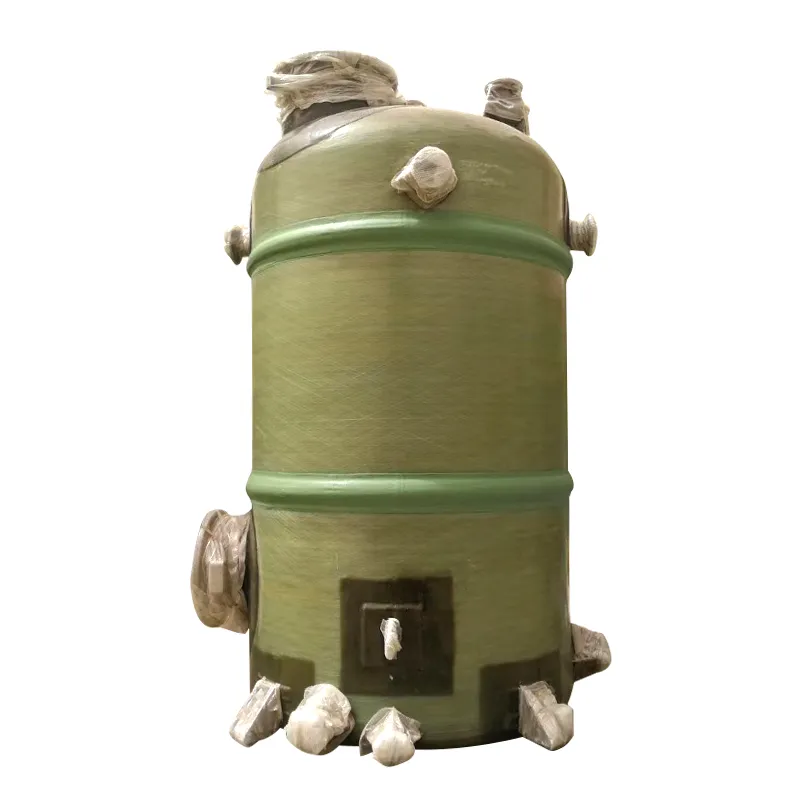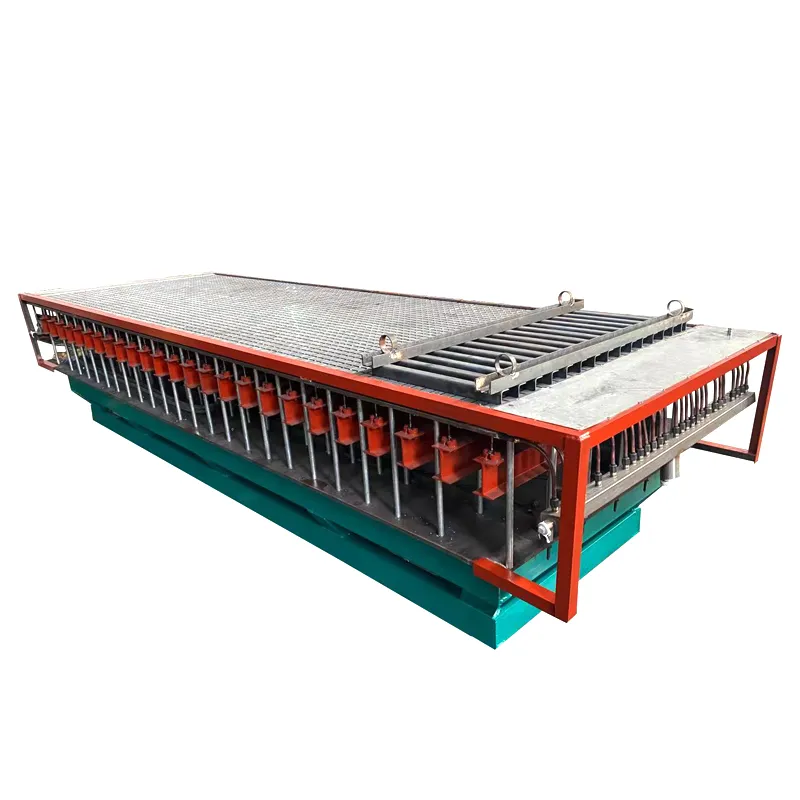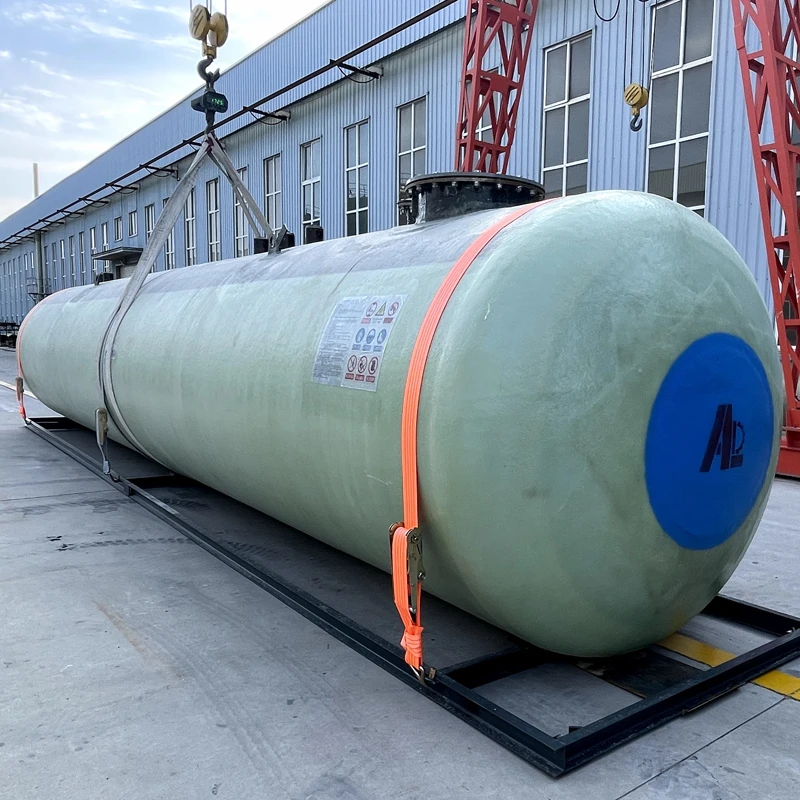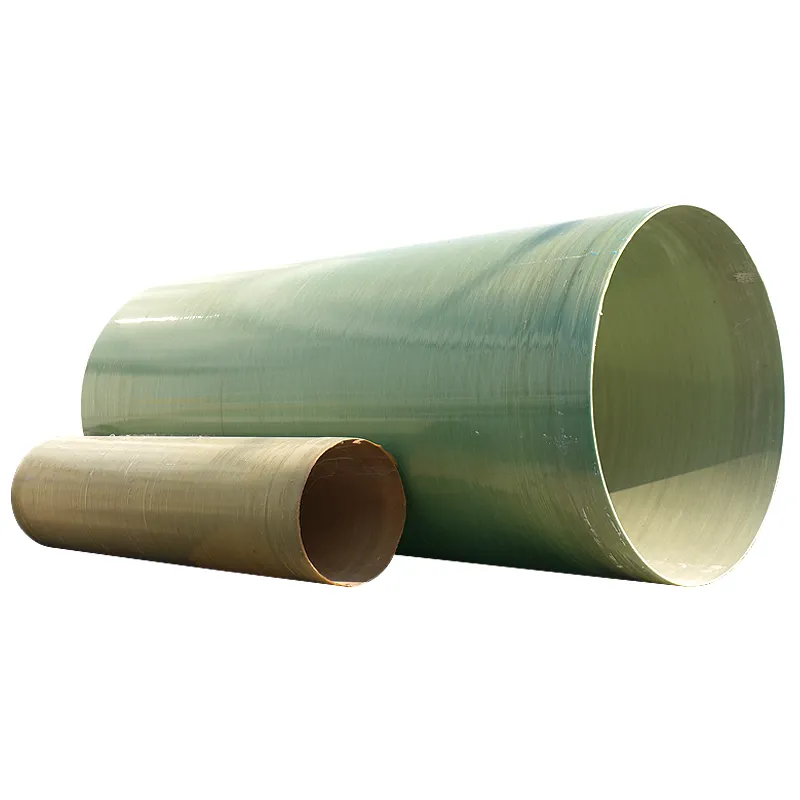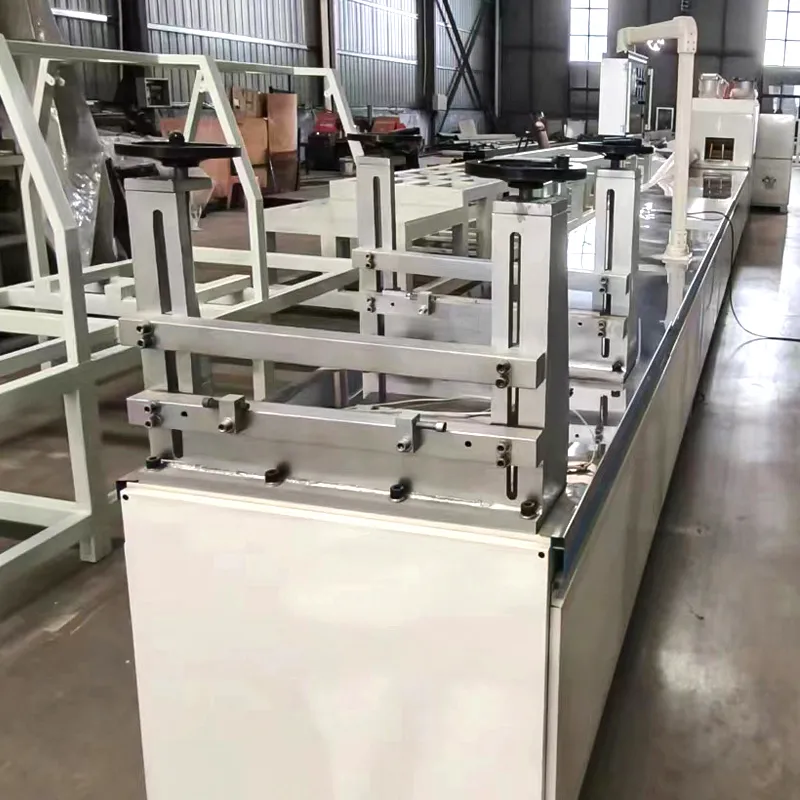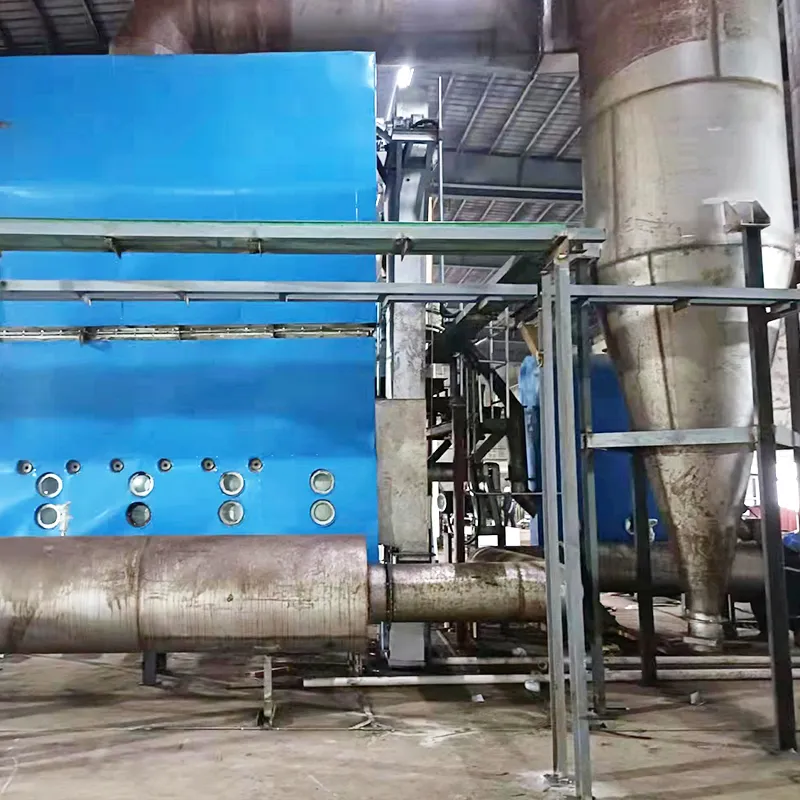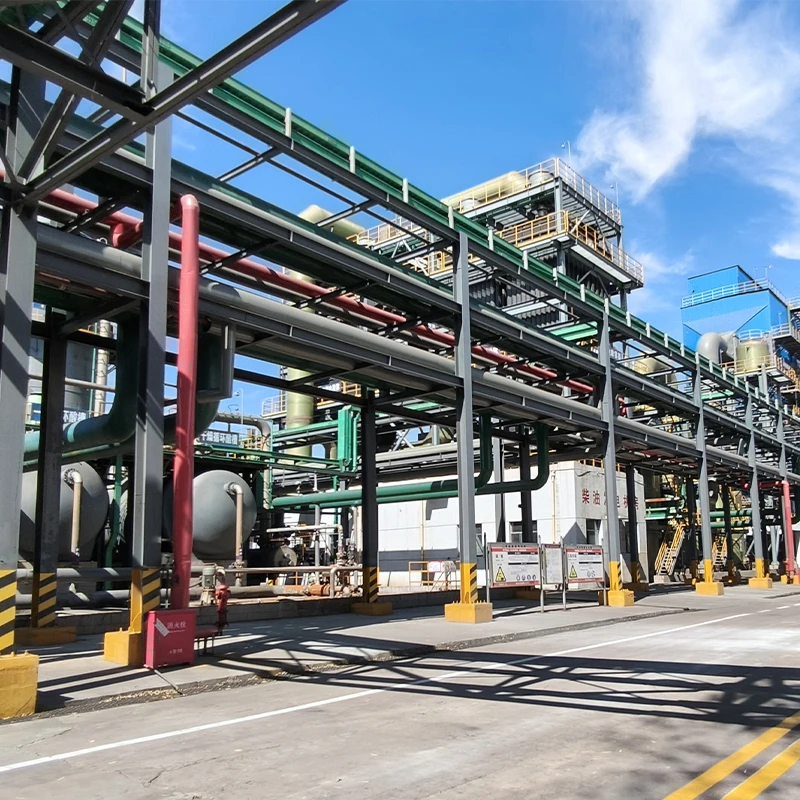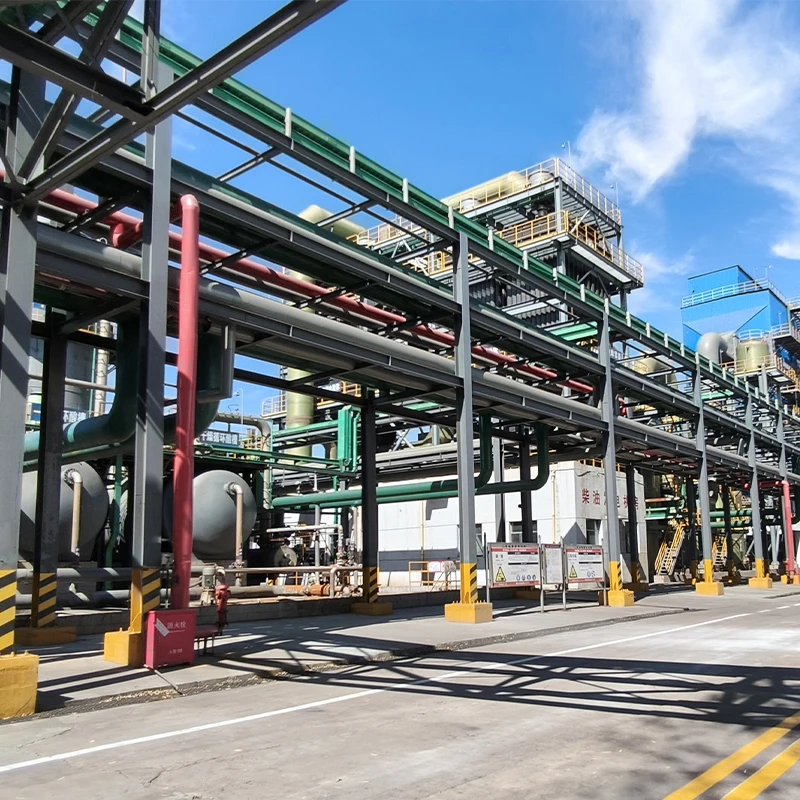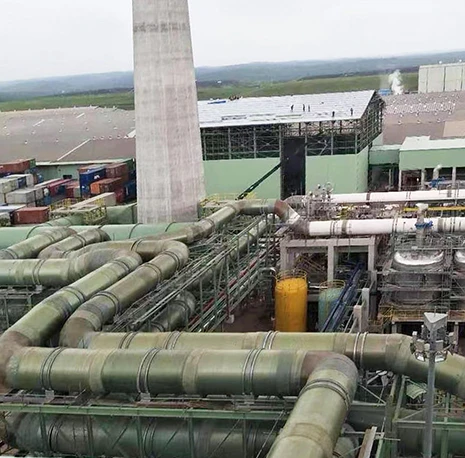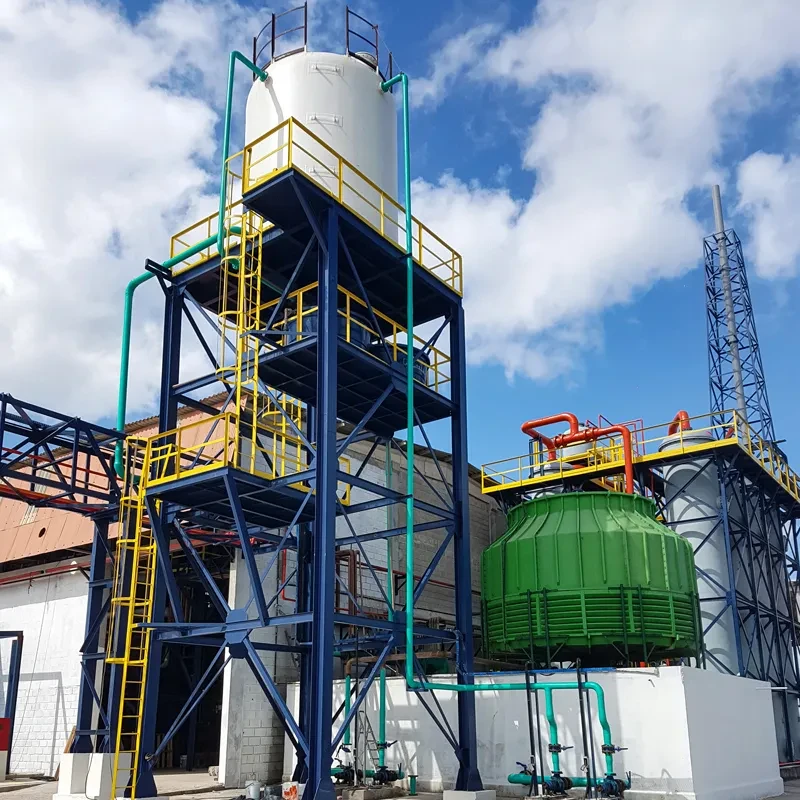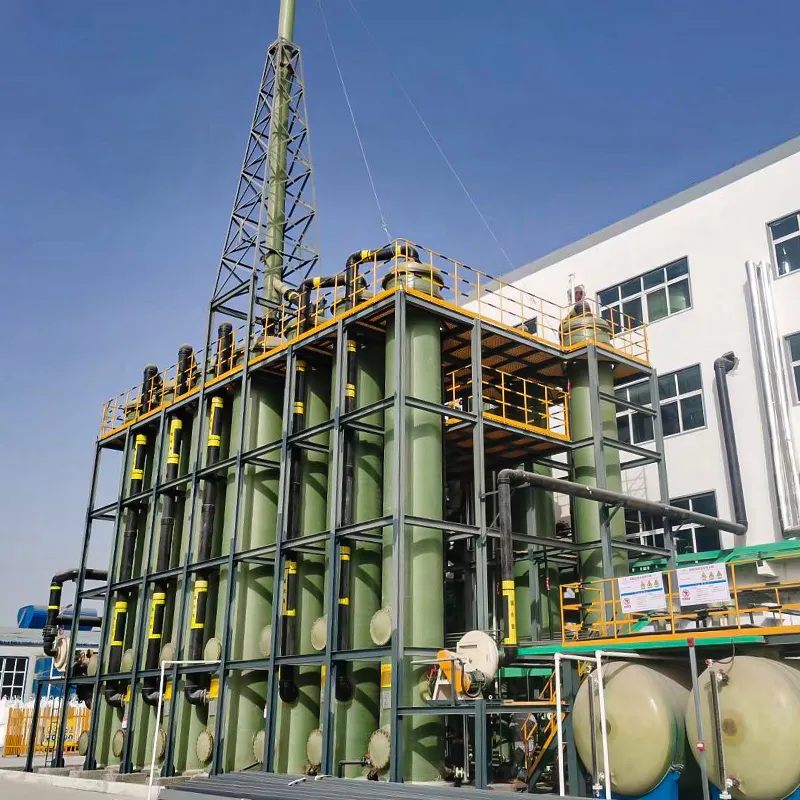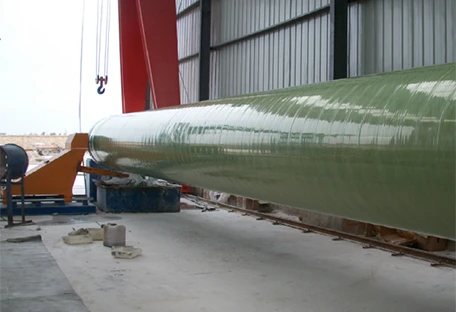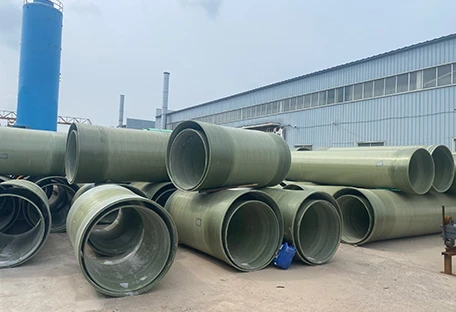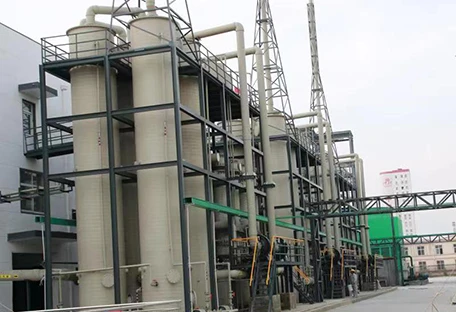Reliable Infrastructure Begins with the Right FRP Pipe
In the search for long-lasting, corrosion-resistant piping systems, nothing compares to the modern performance of a premium frp pipe. With proven advantages in strength, temperature resistance, and chemical durability, these pipes are rapidly becoming the preferred choice for engineers and facility managers across water treatment, chemical processing, and industrial applications.
What Is a Fiber Reinforced Plastic Pipe?
A fiber reinforced plastic pipe is a composite pipe made from fiberglass reinforcements and a thermosetting resin matrix. Unlike traditional materials like metal or concrete, frp pipe is designed to provide high mechanical strength while resisting corrosion from water, chemicals, and temperature extremes. Its layered structure includes a corrosion-resistant inner liner, a high-strength structural layer, and an optional protective outer coating for UV and abrasion resistance.
Modern frp pipe manufacturer facilities utilize advanced filament winding, centrifugal casting, and hand lay-up technologies to tailor each pipe’s strength and thickness to specific industry demands. This customization ensures that the pipe performs optimally in both low-pressure and high-pressure environments.
The Role of FRP Pipe in Water Treatment Systems
One of the most significant applications of frp pipe today is in water treatment plants. Whether in municipal systems or industrial wastewater recovery, the use of fiber reinforced plastic pipe ensures safe, reliable, and contamination-free transport of treated and untreated water.
Traditional steel or ductile iron piping systems are prone to rust, scale buildup, and internal corrosion—issues that not only reduce flow capacity but also contaminate the water itself. By contrast, frp pipe offers a smooth inner surface with excellent chemical resistance, which minimizes pressure loss and prevents biological growth within the pipeline.
In chlorine-dosed and acidic environments typical of many treatment plants, the inert nature of the fiber reinforced plastic pipe provides unmatched reliability. Maintenance cycles are reduced, and long-term operational costs decrease significantly, making the investment in frp pipe price easily justifiable.
Anti-Freezing and Temperature Resistance of FRP Pipe
In regions with harsh winters, the anti-freezing performance of frp pipe has become a key selling point. Unlike brittle materials that crack under freezing conditions, frp pipe maintains its structural integrity even in sub-zero temperatures. Its unique composition allows it to flex slightly under internal pressure caused by expanding water, significantly reducing the likelihood of rupture.
Moreover, fiber reinforced plastic pipe resists thermal expansion and contraction better than many conventional piping options. This makes it especially suitable for installations that experience frequent temperature fluctuations, such as geothermal heating systems and outdoor fluid transfer networks.
The non-conductive nature of frp pipe further improves its performance in cold weather. Without the conductive pathways found in metal pipes, heat dissipation is slower, reducing the chance of freezing in static water lines.
Cost Efficiency and Market Demand for FRP Pipe
While some buyers may initially question the frp pipe price, a closer look reveals outstanding long-term value. With virtually no corrosion, minimal maintenance, and decades of service life, frp pipe delivers exceptional return on investment. Furthermore, the ability to install large-diameter sections with lightweight equipment reduces installation time and labor costs.
Increased demand for durable, eco-friendly piping has also created a growing market for fiberglass pipe for sale. As governments tighten environmental regulations and industries aim for longer operational life cycles, frp pipe manufacturer networks are expanding to meet global demand.
Today, you can find fiberglass pipe for sale in specialized dimensions, pressure ratings, and chemical resistance levels. This adaptability makes it ideal for use in desalination plants, oil and gas refineries, marine infrastructure, and high-purity chemical lines.
FRP Pipe FAQs
What makes frp pipe better than metal or PVC piping?
FRP pipe outperforms metal and PVC piping in corrosion resistance, temperature tolerance, and weight. It requires less maintenance, lasts longer, and doesn’t rust or scale, making it ideal for aggressive environments.
Where can fiber reinforced plastic pipe be used?
Fiber reinforced plastic pipe is widely used in water treatment, chemical transport, desalination plants, geothermal systems, and industrial wastewater management due to its strength and resistance to chemical degradation.
What affects frp pipe price in the market?
FRP pipe price depends on diameter, wall thickness, resin type, and customization requirements. Though initially more expensive than traditional piping, it proves more economical over the long term due to reduced maintenance and longer service life.
How do I find the right frp pipe manufacturer?
Choose an frp pipe manufacturer with a strong track record, quality certifications, and in-house testing facilities. This ensures the frp pipe meets high industry standards for safety and performance.
Is there always fiberglass pipe for sale in custom sizes?
Yes, many manufacturers offer fiberglass pipe for sale in a wide range of sizes and configurations. Custom orders are available to meet specific pressure ratings, chemical exposures, and structural needs.

